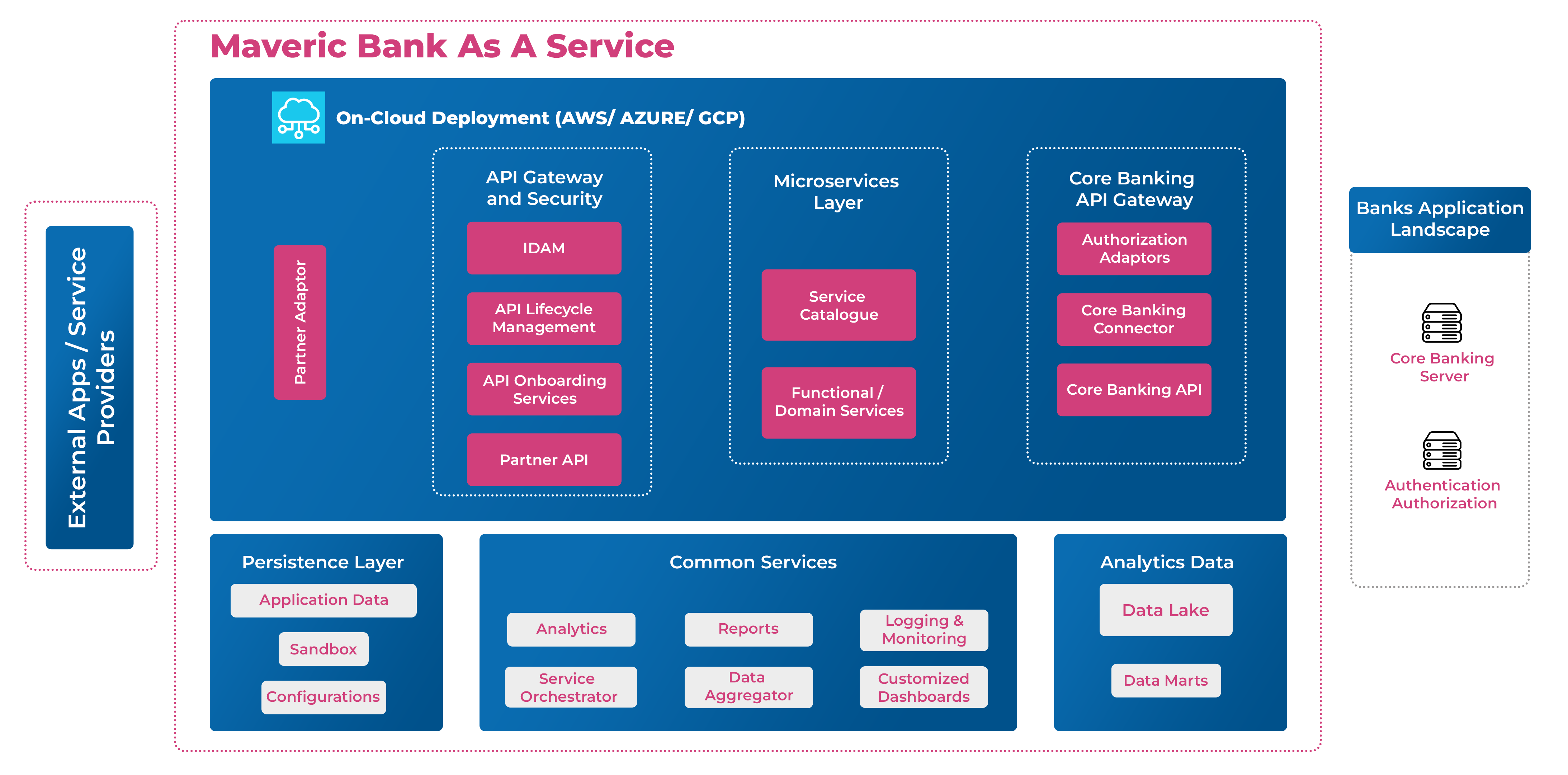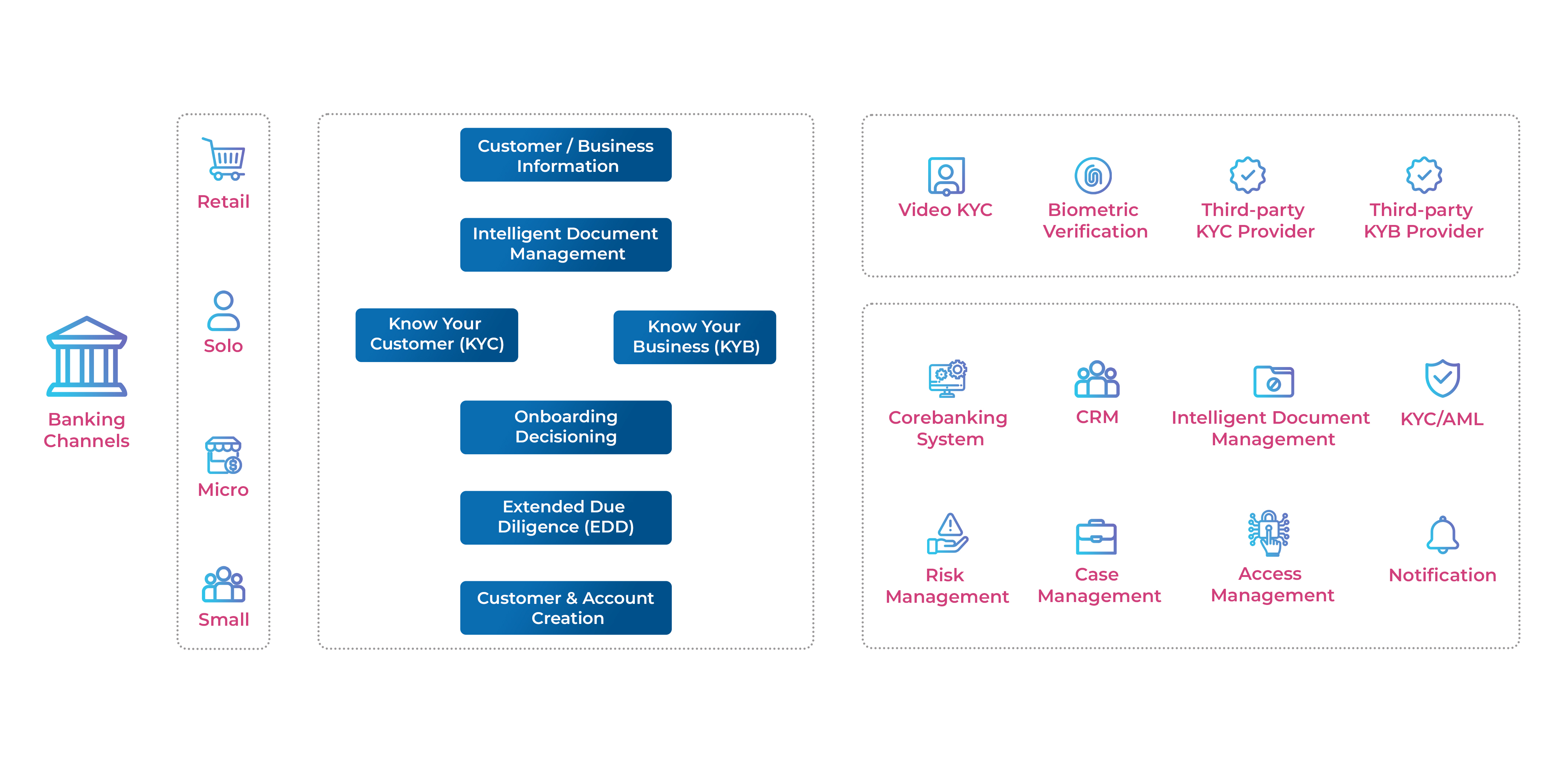In a startling revelation, a recent McKinsey report found that only 16% of digital transformation initiatives in the banking sector fully succeed in improving performance and equipping them to sustain changes in the long term. While agile methodologies are a critical strategy for staying competitive, this sobering statistic underscores the critical challenges financial institutions face as they navigate digital transformation.
Adopting agile practices brings hurdles, particularly in acceptance testing. A Capgemini study highlights that 60% of financial institutions grapple with implementing effective testing strategies in agile environments. This struggle points to a significant gap between Agile’s promise and practical implementation in the banking sector. As banks strive to accelerate their digital initiatives, they find themselves caught between the need for speed and the imperative of maintaining rigorous quality standards.
This article explores the multifaceted challenges of agile acceptance testing in banking and introduces a groundbreaking solution: Maveric’s Automated Banking Acceptance Test Design Solution.
What is the Agile conundrum? It is about balancing speed and quality.
Agile methodologies promise faster delivery and increased flexibility but introduce complexities that can compromise product quality if not managed effectively. According to a survey by Deloitte, 70% of banks reported difficulties in maintaining comprehensive test coverage in agile projects. This statistic highlights the need for sophisticated testing solutions tailored to the banking sector’s unique requirements.
Challenges in Acceptance Testing within Agile Methodologies
While theoretically beneficial, adopting agile methodologies often meets roadblocks in execution, particularly in acceptance testing. Here are the primary challenges the banking industry faces.
1.) Changing Requirements:
Agile is known for its dynamic nature, where requirements frequently evolve. This constant change requires repeated pruning of backlogs, user stories, and test plans. These continuous modifications strain the business users, product owners, and other agile teams, forcing them to invest excessive time and effort in keeping up with the updates.
2.) Inadequate Test Coverage:
Ensuring comprehensive test coverage often becomes difficult due to the rapid pace of agile sprints. Inadequate visibility of the backlog and user stories can lead to missing critical test scenarios, resulting in defect leakage into subsequent sprints and ultimately affecting product quality.
3.) Late Feedback Loops:
Delays in testing due to resource constraints or missing components can prevent timely feedback from reaching backlog refinement processes. This creates a bottleneck in the iterative nature of agile, where continuous improvement is vital for sprint success.
4.) Skipped Testing:
In the rush to meet sprint deadlines, essential testing components such as compatibility or cross-browser testing are sometimes overlooked. This neglect can lead to functional issues in production after go-live, impacting the application’s overall performance and business reputation.
5.) Limited Business User Availability:
Agile thrives on close collaboration between business users and development teams. However, in real-world scenarios, business users are often available for limited periods, which conflicts with the need for continuous involvement during sprints and leads to compromised acceptance testing.
6.) QA Wait Time for Builds:
Testing teams frequently face delays due to waiting for build deployments to be pushed to test environments. This wait shortens the time available for thorough regression testing before the product is moved to production, further amplifying the risk of defects.
7.) Effort-Intensive Regression Testing:
With every code release, agile teams must perform regression testing to ensure new changes do not negatively impact existing functionality. This often demands significant effort in updating the test pack for the impact, creating bottlenecks and slowing down the pace of new feature development.
Automated Banking Acceptance Solution is Maveric’s Approach to Acceptance Testing
Maveric Systems, a 25-year pioneer in BankingTech systems servicing Tier 1 Banks for multiple decades, has developed a comprehensive solution to address these industry challenges, specifically focusing on automated acceptance test design in banking.
The solution tackles the inherent complexities of agile projects by combining domain expertise with advanced automation. This solution allows banks to navigate frequent requirement changes, maintain comprehensive test coverage, and optimize sprint performance.
Game-changing Features of Maveric’s Solution
1.) Comprehensive Banking Domain Directory:
An essential aspect of Maveric’s solution is its banking domain directory, which covers end-to-end customer journeys, backend processes, associated systems, and business rules. This directory ensures that testing is comprehensive and aligned with the unique needs of the banking sector. This feature enables the scrum teams to compare with the bank’s backlog for standard customer journeys and identify the possible gaps early for refinement.
2.) Test Design Pack:
This pack includes end-to-end scenarios, test conditions, and business rules, ensuring comprehensive test design coverage and reducing the chances of defect leakage to subsequent sprints.
3.) Automated Contextualization Tool:
This tool interacts with business users and product owners to generate contextualized customer journeys. It ensures that test design is aligned with business needs and facilitates backlog refinement.
4.) Auto Test Builder:
The Auto Test builder leverages Maveric’s extensive test design library and proprietary test methodologies to create a client repository of test designs from contextualized customer journeys. This reduces the manual effort in test case creation and enhances testing accuracy.
5.) Risk Modeller Engine:
One of the solution’s standout features, this engine recommends optimal test coverage based on changes made during each sprint and their potential impact. It allows teams to prioritize testing efforts where they matter most, reducing the risk of defects and improving sprint success.
6.) Seamless Integrations:
Maveric’s solution can be integrated with various internal banking test management applications, such as Jira, HP ALM, QMetry, etc.
Mapping the Impact: Promising Starts for Agile Testing in Banking
More than addressing challenges, Maveric’s solution intends to revolutionize the entire approach to acceptance testing in agile banking projects. Early adopters of the solution have reported:
- A 30% reduction in overall testing time
- 20% increase in sprint velocity
Looking Ahead: Strategic Success in Agile Testing for Banks.
Agile methodologies are here to stay, and for the banking industry, they offer an opportunity to innovate and adapt to market changes swiftly. However, the challenges posed by acceptance testing, especially in the fast-paced environment of agile, must be addressed. Maveric’s Automated Banking Acceptance Solution addresses these challenges, providing banks with the tools to maintain comprehensive test coverage, reduce regression efforts, and enhance sprint velocity.
By leveraging features like pre-defined customer journeys, automated test design, and seamless integrations, Maveric offers a solution that ensures testing accuracy and enhances overall project success. As the banking industry continues to embrace digital transformation, solutions like Maveric’s will play a critical role in ensuring that these transformations are executed efficiently, with minimal defects and maximum alignment with business goals.
About the Author
 Chandrasekhar Rao, a Principal Product Manager at Maveric Systems, brings three decades of expertise in banking transformation and technology innovation. With a focus on retail banking modernization, wealth management, and payment systems, he has led end-to-end core banking implementations and digital transformation initiatives for global financial institutions. At Maveric, Chandra drives innovation in product development and process optimization, leveraging Maveric’s deep domain expertise and cutting-edge solutions to deliver seamless, customer-centric banking experiences.
Chandrasekhar Rao, a Principal Product Manager at Maveric Systems, brings three decades of expertise in banking transformation and technology innovation. With a focus on retail banking modernization, wealth management, and payment systems, he has led end-to-end core banking implementations and digital transformation initiatives for global financial institutions. At Maveric, Chandra drives innovation in product development and process optimization, leveraging Maveric’s deep domain expertise and cutting-edge solutions to deliver seamless, customer-centric banking experiences.










